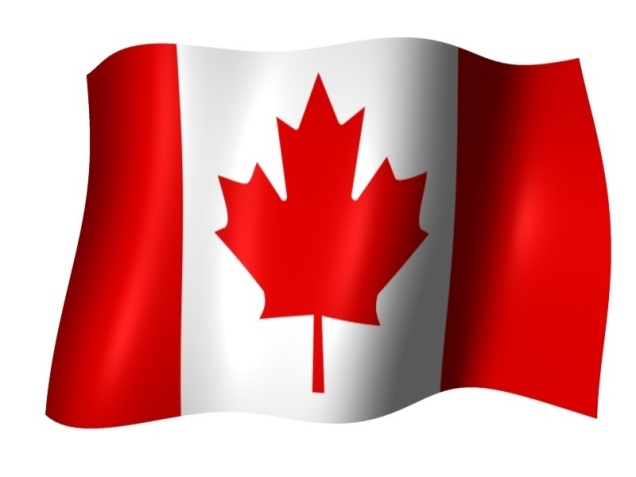 OFFICIAL NAME: Canada
OFFICIAL NAME: Canada
FORM OF GOVERNMENT: Federal parliamentary state
CAPITAL: Ottawa
POPULATION: 34,834,841
OFFICIAL LANGUAGES: English, French
MONEY: Canadian dollar
AREA: 3,849,674 square miles (9,970,610 square kilometers)
MAJOR MOUNTAIN RANGES: Rockies, Coast, Laurentian
MAJOR RIVERS: St. Lawrence, Mackenzie
Welcome to Canada, the second largest country in the world. The name Canada comes from the St. Lawrence Iroquoian word ‘kanata’, meaning “village” or”settlement”.
HISTORY
The first people came to Canada between 15,000 and 30,000 years ago from Asia. Around A.D. 1000, the Vikings reached Newfoundland.
In the 16th century, French and British people arrived. There were many wars between Indian tribes and the Europeans. After he final war, called the’ French and Indian War’, the British controlled Canada. In 1931, Canada became an independent nation.
GOVERNMENT
The British Queen is the head of state of Canada. The Queen is represented by a governor – general. Laws are made by Canada’s federal government.
PEOPLE & CULTURE
Ottawa
The capital city – Ottawa, is not the biggest city. the biggest city is Montreal. Canada has many nations in one. The children of British and French immigrants make up about one half the population.
Toronto
The Indians and the Inuit make up about four percent of the population. Inuit people live in the Northwest Territories and Nunavut. Their artwork is seen as a symbol of Canadian culture.
The Inuit
GEOGRAPHY
Canada is a big land – the second largest country in the world. In Canada there are black-blue lakes, many rivers and mountains, rolling plains, and forested valleys. Canada’s north is frozen Arctic, where ice, snow, and glaciers dominate the landscape. The longest mountain range is called the ‘Rockies’.
The Rockies
NATURE
Canada’s north and forests are home to wildlife, from bears, wolves, beavers, deer, mountain lions, and bighorn sheep to smaller animals like raccoons, otters, and rabbits. The country’s lakes and rivers are full of fish such as trout and salmon.
trout
Canada’s prairies in the south are home to bison and pronghorn antelope.
bison
pronghorn antelope
In the north are Canada’s evergreen forests, which have lots of wildlife, like moose and black bears.
moose
Farther north is the cold tundra, where herds of caribou and musk ox live. Canada has 41 national parks and three marine conservation areas. Despite that many animals like wolves, lynx, and Atlantic fish have been overhunted and overfished.
caribou
http://en.wikipedia.org/wiki/Canada
http://www.timeforkids.com/destination/canada
http://kids.nationalgeographic.com/explore/countries/canada.html

This work by EnglishOŠAca is licensed under a Creative Commons Attribution-NonCommercial-NoDerivatives 4.0 International License.
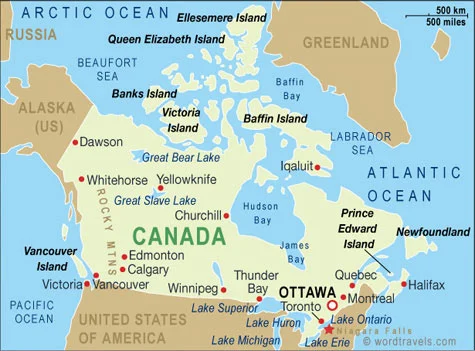

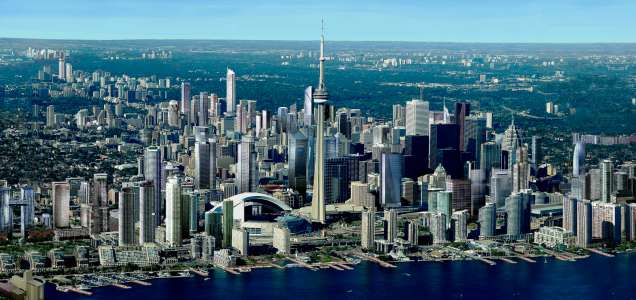
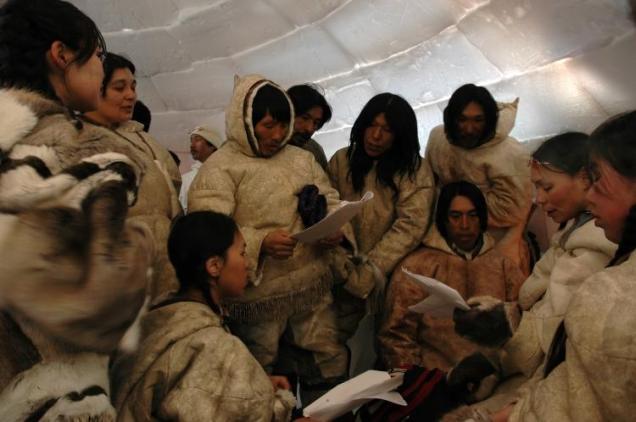
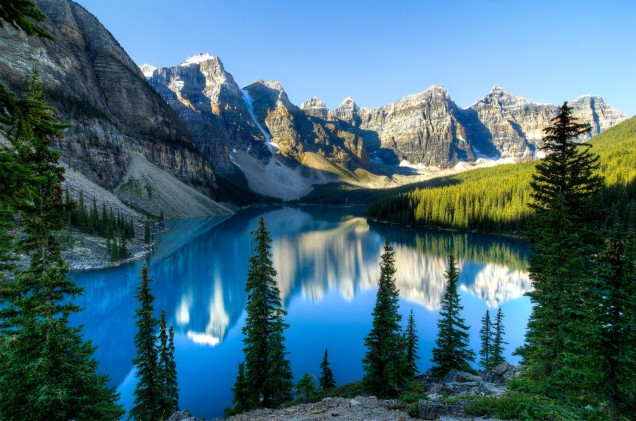
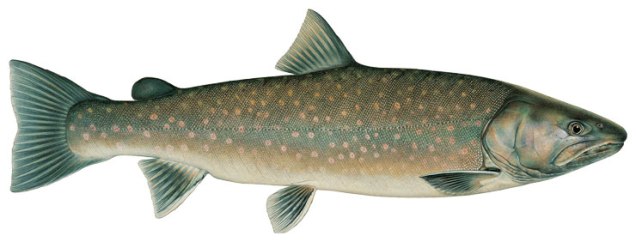
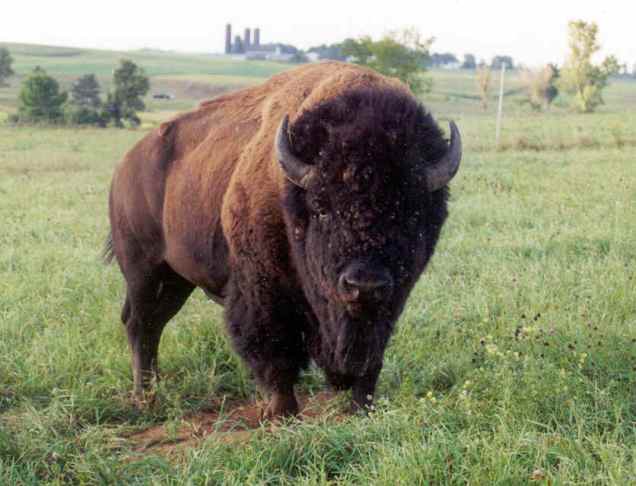
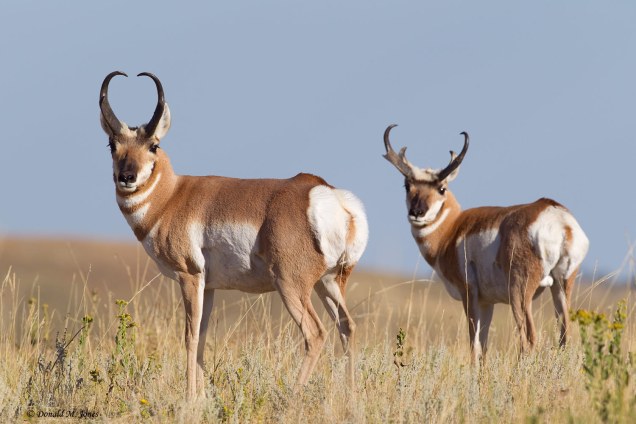
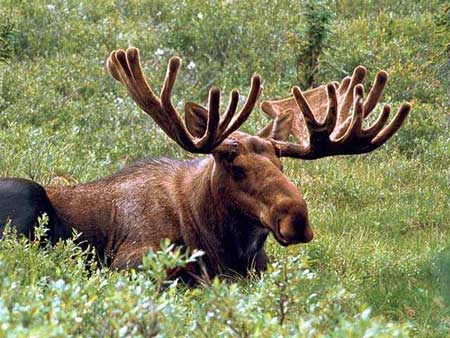

One thought on “A letter from Canada”